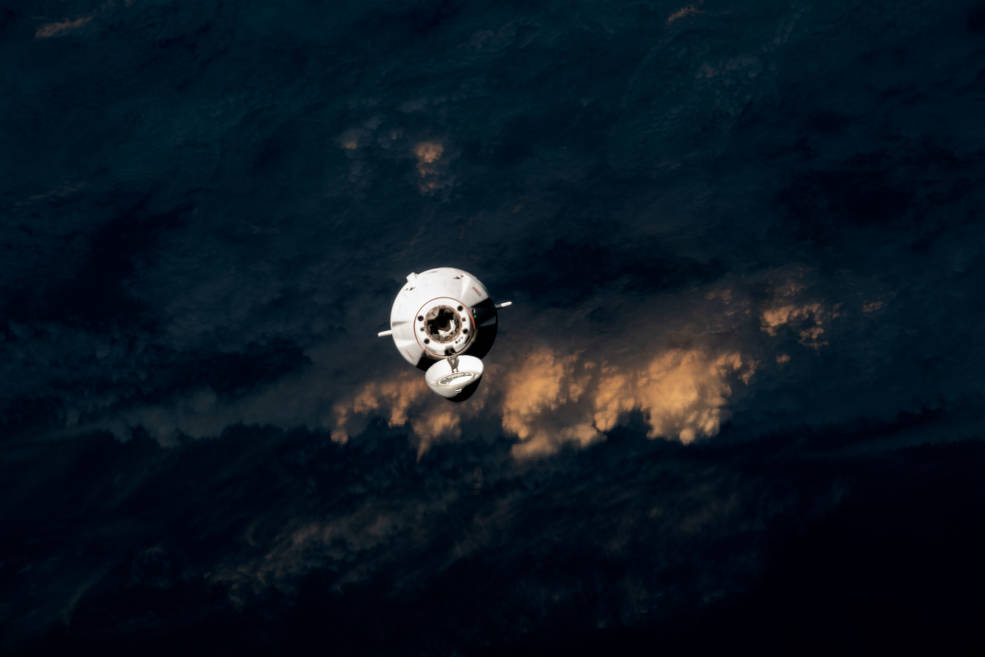Four tiny satellites will hitch ride to Space Station on SpaceX's Dragon later this month

- Country:
- United States
Four NASA CubeSats will hitch a ride to the International Space Station on SpaceX's 30th commercial resupply services mission. Developed by NASA and universities, the tiny satellites will be deployed from low Earth orbit and will help demonstrate and mature technologies to improve solar power generation, detect gamma ray bursts, determine crop water usage, and measure root-zone soil and snowpack moisture level.
The group of four small satellites will demonstrate the following technologies:
- Big Red Sat-1: This CubeSat from Nebraska aims to investigate and improve the power production ability of solar cells. The satellite will test out Perovskite cells - a new type of solar cell designed to enhance power production with and without direct exposure to sunlight.
- BurstCube, a NASA-developed 6U CubeSat, will search the sky for brief flashes of high-energy light such as gamma-ray bursts, solar flares, and other hard X-ray transients. It will help alert other observatories to witness changes in the universe as they happen.
- The SigNals of Opportunity P-band Investigation (SNoOPI) - a technology demonstration CubeSat designed to improve the detection of moisture levels on a global scale of underground root-zone and within snowpacks.
- HyTI (Hyperspectral Thermal Imager) - developed by the University of Hawaiʻi at Mānoa’s, HyTI is a 6U CubeSat designed to study water sources. It will help better understand crop water use and water productivity of major world crops.
The four CubeSats will launch aboard a SpaceX Falcon 9 rocket and Dragon spacecraft set to lift off on Thursday, March 21, from Space Launch Complex 40 at Cape Canaveral Space Force Station in Florida.
🛰It’s four for flying!Four #CubeSats are hitching a ride to the Space Station on #CRS30 later this month via NASA’s CubeSat Launch Initiative.Want to know more about SNoOPI, BurstCube, HyTI, and Big Red Sat-1? Check them out!👀 https://t.co/wOmIEFxnfp pic.twitter.com/Wdpjtf8iZF
— NASA's Launch Services Program (@NASA_LSP) March 18, 2024
- READ MORE ON:
- NASA CubeSats
- NASA CubeSats on CRS-30
- NASA SpaceX CRS-30 mission
- SpaceX










